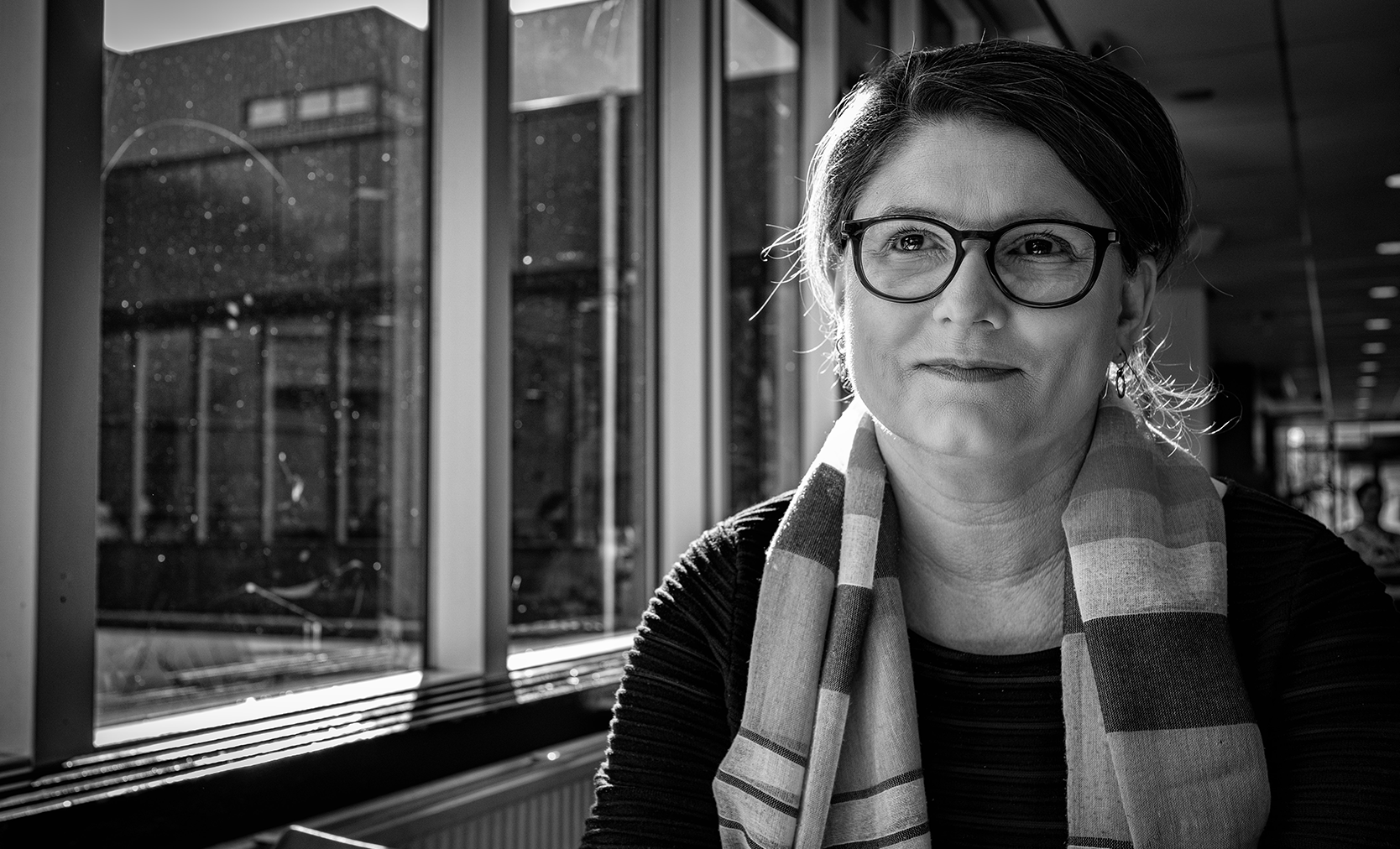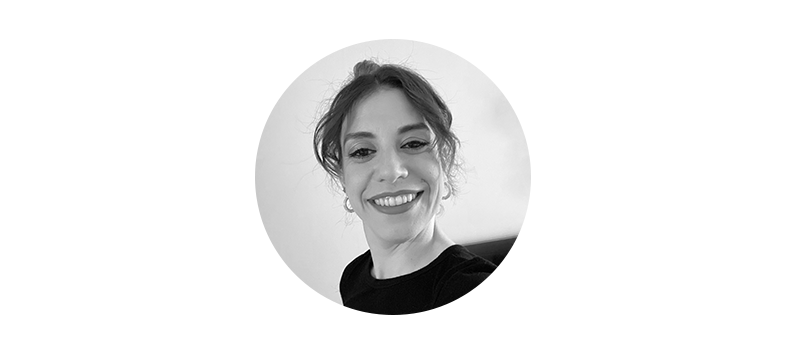The top of the academic tree is still mainly occupied by men. Why is that? ‘There is a playbook – it was written by men. I have always felt like I didn’t have the playbook.’ This quote from the documentary Picture a scientist points to one of the explanations. Women don’t know the unwritten rules. Resource followed a workshop about this during Diversity Week.
‘Put yourselves in these children’s shoes,’ workshop leader Mira Vasic instructs us, showing us a photo of little boys playing. ‘They are talking about how high they can kick a ball. Can you reproduce their dialogue?’ The workshop participants don’t need long: ‘I’ll kick it onto the roof!’ ‘I’ll kick it over that block of flats!’ ‘I’ll reach the clouds!’ Vasic nods: yes, that’s how it goes. Bragging, exaggerating – while all the kids know perfectly well their claims wouldn’t withstand a reality check.
According to Vasic, this is one of the unwritten rules you need to be aware of if you want to take part in a predominantly male culture: a bit of bluffing is part of the deal. It doesn’t have to be true. And another unwritten rule is: everything can be turned into a competition – even when competition is totally pointless.
The publicity for the workshop (entitled ‘Stratego: the unwritten rules’) promises that we will look at the game of building a successful career and how you can play it without losing your identity. Workshop leader Vasic, co-owner of In Touch Female Leadership & Career Academy, emphasises that the terms ‘masculine’ and ‘feminine’ refer here to different styles of collaboration and not to gender identity. ‘Most organizations are built up by people with a dominant masculine style – even if these people are women. That’s why it helps you in your career to learn to understand that dominant masculine style,’ she explains.
Eye contact
So working style is not the same as gender identity. Nor is the masculine style any better or worse that the feminine one, emphasizes Vasic. ‘But it is a fact that the styles are substantially different.’ The aim of this workshop is to clarify those differences. Vasic uses video clips from observations of children, which immediately throw up a couple of differences between boys and girls: their posture and the amount of eye contact. We look at photos from the world of politics as well. Ex-minister of Defence Jeanine Plasschaert in an aside with ex-minister of Foreign Affairs Frans Timmermans: she is looking firmly at him, while he is looking at his telephone.
Aha, something dawns on the participants: so eye contact is subject to unwritten rules too? Vasic confirms that. ‘In a dominant feminine style, eye contact is crucial. Little or no eye contact counts as indifference or a lack of connection. That is different in a masculine style, in which a lot of eye contact can even feel strained, almost like a staredown between two fighters. So be aware of that.’
Annoyance
We look at lots more examples and various pennies drop among the participating WUR students and staff. There is also a growing sense of annoyance. All very well, that bear pit with its unwritten rules. But is there no other option than to play the game and adopt a style that isn’t your own?
Vasic understands the frustration but reacts phlegmatically. ‘I am all for changing the rules – because the present rules work too much in favour of a small, privileged group. But you can only change them once you have a certain level of power and influence. And you’ll only get that status by playing the game, at least to a certain extend’, she observes.
Vasic closes the workshop on an encouraging note. You really don’t have to deny your identity to play the game for that brilliant career, she stresses. ‘Observe and learn. Be aware of how things work, and what the written and unwritten rules are. In the end, you choose how you are going to play the game, and nobody else. But make sure you do play! Don’t stand on the sidelines because there is just too much competition for that.’
Gender diversity among professors
In 1998, only 6 per cent of all the professors at Dutch universities were women. That has since gone up to 26 per cent. The ‘top scorer’ is the Open University (42 per cent), followed by the University of Maastricht (33 per cent). Bringing up the rear are the four science and technology universities, with WUR doing slightly better than the others with 21 per cent women professors. Eindhoven and Twente have 20 per cent and Delft 18 per cent. Not one of us reached our target for 2020 (25 per cent) – although maybe it is better to set the bar too high in this respect than too low? New figures will be announced in December when the National Network of Women Professors publishes its 2021 Monitor. (Figures come from a HOP bulletin: ‘Milestone: one in four professors are now women’, 30/09/21)
Diversity Week
It was World Diversity Day on 5 October. WUR seized the chance to run a Diversity Week full of workshops, discussions, film screenings, lectures and masterclasses on diversity under the motto ‘together towards an inclusive WUR’. Mira Vasic regularly gives workshops at WUR, for instance on ‘The unwritten rules’, ‘Strategic negotiation skills’ and ‘Unconscious gender bias’.

 Image Shutterstock
Image Shutterstock 

